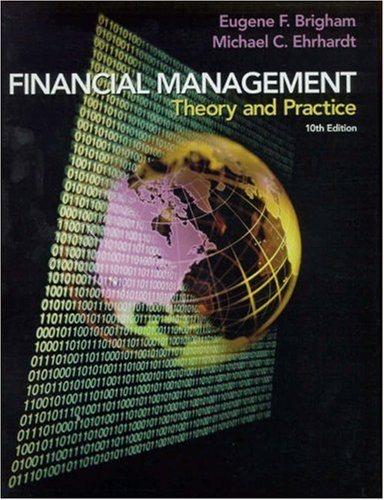Your company sell hail insurance to a large number of farmers. The policy specifies that, if hail damage occurs, the farmer must report the hail event and your company will send a hail adjuster to the farm... (please do all 3 parts listed in picture below, thank you :))

2. Your company sell hail insurance to a large number of farmers. The policy specifies that, if hail damage occurs, the farmer must report the hail event and your company will send a hail adjuster to the farm. The hail adjuster will determine the "percent damage" = petd. Your company will then pay the farmer a payment of PYT = petd x CVG where CVG is chosen (subject to certain limits) by the farmer when they purchased the insurance. For example, assume the farmer initially chose CVG = $100,000 and experiences a hail event with percent hail damage petd=0.25. The producer would then receive a payment of PYT = petd x CVG = 0.25 x $100,000 = $25,000. When modeling potential hail damage, a common approach is to first estimate the probability of a hail event = probH and assume that the percent damage GIVEN A HAIL event = petdGHE follows some distribution estimated from past data. For our purposes assume that petdGHE - uniform(0,1). With these assumptions the potential percent damage is then modeled as petd=probH x petdGHE Assume that your company has sold insurance to a large number of producers with an identical probH and petdGHE for each farmer. Assume that the dependency structure between the PYT levels for the farmers can be modeled using a normal copula with a joint correlation of p between all farms. Your company will be charging the client a per-unit premium equal to twice the actuarially neutral per-unit premium amount. Your company's regulator requires that your company holds cash or liquid reserves equal to the 99% cVaR of the "Book of Business's" (BOB) potential final payouts. (over) a. How would you estimate the per policy premium for this product? (Present well commented R code or (preferably) a detailed step by step description of the procedures you would use to do this.) b. How would you compute the amount of the required 99% cVaR reserve requirement and the 99% VaR of the BOB "loss ratio" (i.e. payouts/premium)? (Present well commented R code or (preferably) a detailed step by step description of the procedures you would use to do this) c. Suppose that the number of producers is so large that you cannot use the ImanConover process. How could you use a factor model y = a + bx + eto bind simulated marginal payments together via a normal copula with a common correlation of p(yvy,) = p across all farm payouts. (Present a detailed step by step description of the procedures you would use to do this including how you determined the levels for a, b, px, Ox, and e. (Hint: Keep things simple - all you want is a common correlation between a set of joint normal variates.) 2. Your company sell hail insurance to a large number of farmers. The policy specifies that, if hail damage occurs, the farmer must report the hail event and your company will send a hail adjuster to the farm. The hail adjuster will determine the "percent damage" = petd. Your company will then pay the farmer a payment of PYT = petd x CVG where CVG is chosen (subject to certain limits) by the farmer when they purchased the insurance. For example, assume the farmer initially chose CVG = $100,000 and experiences a hail event with percent hail damage petd=0.25. The producer would then receive a payment of PYT = petd x CVG = 0.25 x $100,000 = $25,000. When modeling potential hail damage, a common approach is to first estimate the probability of a hail event = probH and assume that the percent damage GIVEN A HAIL event = petdGHE follows some distribution estimated from past data. For our purposes assume that petdGHE - uniform(0,1). With these assumptions the potential percent damage is then modeled as petd=probH x petdGHE Assume that your company has sold insurance to a large number of producers with an identical probH and petdGHE for each farmer. Assume that the dependency structure between the PYT levels for the farmers can be modeled using a normal copula with a joint correlation of p between all farms. Your company will be charging the client a per-unit premium equal to twice the actuarially neutral per-unit premium amount. Your company's regulator requires that your company holds cash or liquid reserves equal to the 99% cVaR of the "Book of Business's" (BOB) potential final payouts. (over) a. How would you estimate the per policy premium for this product? (Present well commented R code or (preferably) a detailed step by step description of the procedures you would use to do this.) b. How would you compute the amount of the required 99% cVaR reserve requirement and the 99% VaR of the BOB "loss ratio" (i.e. payouts/premium)? (Present well commented R code or (preferably) a detailed step by step description of the procedures you would use to do this) c. Suppose that the number of producers is so large that you cannot use the ImanConover process. How could you use a factor model y = a + bx + eto bind simulated marginal payments together via a normal copula with a common correlation of p(yvy,) = p across all farm payouts. (Present a detailed step by step description of the procedures you would use to do this including how you determined the levels for a, b, px, Ox, and e. (Hint: Keep things simple - all you want is a common correlation between a set of joint normal variates.)







